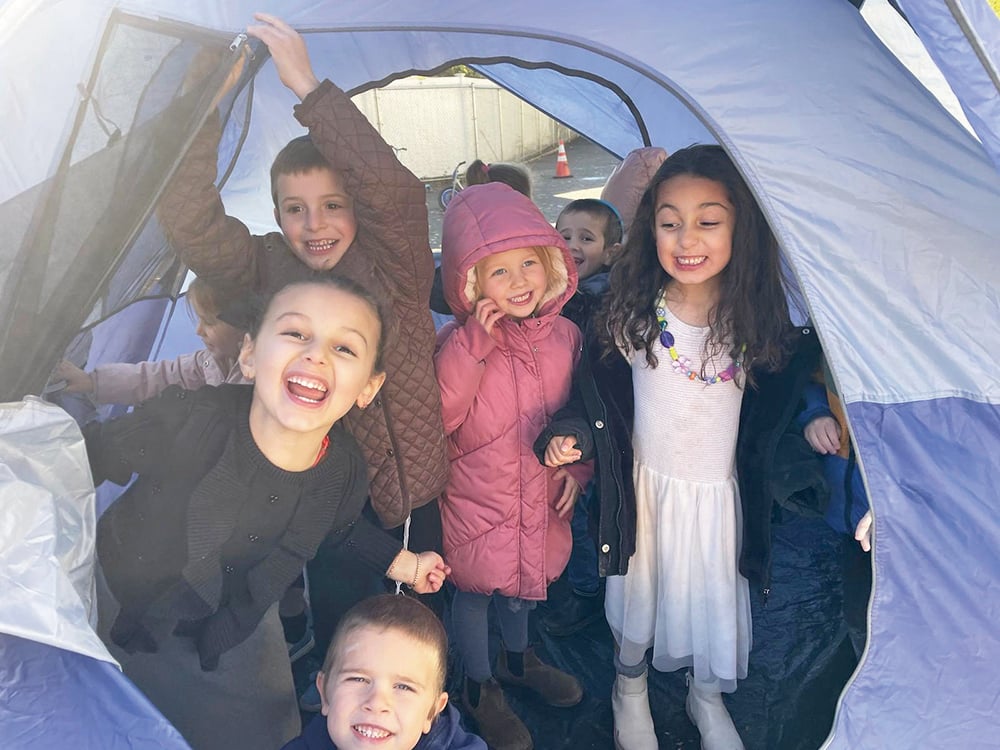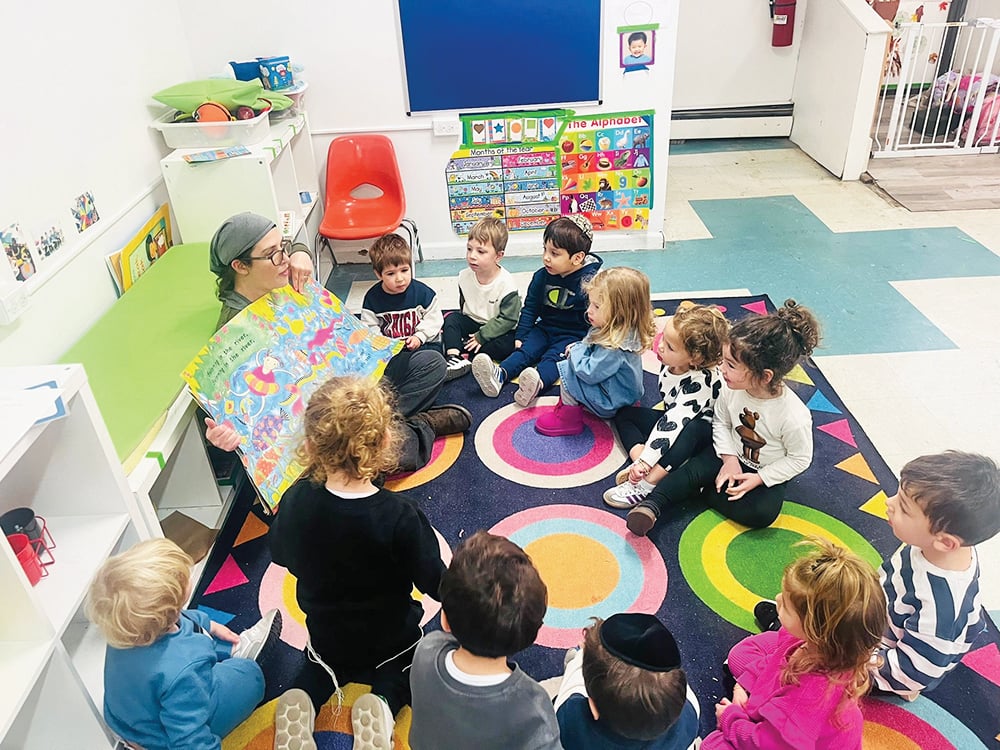Several Sages, both Tannaim and Amoraim, were blessed with exceptionally long life, and Megillah 27-28 discusses their meritorious behavior that brought this blessing. Some of this behavior is interpersonal, between man and fellow man, while other behavior is religious, between man and Hashem. For instance, Rabbi Zakkai never called another person a nickname and always made Kiddush on Shabbat over wine, while Rabbi Eleazar b. Shamua never used a synagogue as a shortcut, nor walked over the heads of people in the study hall. As per a Stammaic mnemonic, these Sages are Zalfa”n: Rabbi Zakkai, Rabbi Eleazar b. Shamua, Rabbi Pereida, and Rabbi Nechunia b. Hakanah. Subsequently, Rabbi Nechunia the Great, who might be the same person, separately explains his own longevity, for different causes. (Munich 95 has Rabbi Chanina HaGadol.) Not part of the mnemonic are Rabbi Yehoshua b. Korcha and Rabbi Zeira. Some manuscripts have “Rabbi Zeira, or alternatively Rav Adda b. Ahava,” matching Taanit 20b.
Most of these listed have multiple identities. For instance, according to Rav Aharon Hyman, in “Toledot Tannaim vaAmoraim,” Rabbi Zakkai I (of our sugya) was a sixth-generation Tanna, a student of Rabbi Shimon b. Yochai (Shabbat 79a) who argued with Rabbi (Niddah 23b). Rabbi Zakkai II was a second-generation Amora, a Babylonian student of Shmuel (Yevamot 67a) who moved to Israel and recited braytot in Rabbi Yochanan’s academy (Yerushalmi Shabbat 7:1). This scholarly reconstruction is based on interpreting ambiguous sugyot, seeing with whom “Rabbi Zakkai” interacted, when and where, the nature of those interactions (of a student, colleague or teacher), plus prior assumptions. For instance, Michael Satlow asserts Rabbi Zakkai I is a first-generation Amora, not a Tanna. To flesh this out myself, Rabbi Zakkai appears in a brayta (Shabbat 79a), in which Rabbi Shimon b. Yehuda (sixth-generation) cites Rabbi Shimon (b. Yochai, fifth-generation), and then Rabbi Zakkai says משמו. Since Rav appears in brayot, so can a contemporary. But is Rabbi Zakkai citing Rabbi Shimon b. Yehuda, or b. Yochai? Sefer Yuchsin has the former; Hyman claims this is a scribal error in Sefer Yuchsin for the latter. Space considerations preclude a full exploration of each Sage.
Plain Rabbi Eleazar the Tanna is almost always b. Shamua (fifth-generation, Rabbi Akiva’s student), but occasionally b. Arach (third-generation). There’s also Rabbi Eleazar (b. Pedat), a second-generation Amora and Rav’s student. Rabbi Nuchunia b. Hakanah was a third-generation Tanna, while Rabbi Nechunia HaGadol, also mentioned in our sugya, was fourth generation. We’ve recently discussed Rabbi Yehoshua b. Korcha, a fifth-generation Tanna. Rabbi Chiya b. Avin, a third-generation Amora, directly cites him several times, and Arizal claims there were two figures by that name.
Rabbi Pereida has but one identity. Eruvin 54b provides an alternative reason for his longevity: he was extremely patient when teaching a student, reviewing the material hundreds of times. Rabbi Yehuda HaNasi (sixth-generation Tanna) asked Rav Periri (which is taken as a scribal error for Rabbi Pereida) to show him a bunch of grapes in his vineyard, which appeared like an ox (Yerushalmi Peah 7:3). Rav Sherira Gaon places Rabbi Pereida in Rabban Shimon b. Gamliel II’s (fifth Tannaitic) generation. Meanwhile, in Menachot 53a, he poses a dilemma to Rabbi Ami (a third-generation Amora).
Rav Ada b. Ahava I was a second-generation Amora of Pumbedita, born when Rabbi Yehuda Hanasi died (Kiddushin 22b) and was a major student of Rav. He’s called רַב אָדָא בַּר אַחֲווָה in Yerushalmi. In Yerushalmi Taanit 3:11, when Rav’s house only finally collapsed after he left it, he gives a similar account of his good deeds, so he’s the one with longevity. Meanwhile, Rav Ada b. Ahava II was really “b. Abba” but scribal errors sometimes change it to “b. Ahava.” He was Rava’s primary student in the private yeshiva Rava maintained during Rav Yosef’s lifetime (Bava Batra 22a).
Rabbi Zeira is most complicated. As Hyman describes it, there was a (third-generation) Amora, Rav Huna and Rav Yehuda’s student, who was called Rav Zeira when in Bavel and, upon moving to Israel, received ordination, becoming Rabbi Zeira (Rashi, Ketubot 43b.) However, in Menachot 40b, when discussing a rabbinic prohibition of attaching tzitzit to a linen garment, Rava explains the concern as due to a rip resewn with a linen string, subsequently also used for tzitzit. Rava notes that in Israel, this was attributed to Rabbi Zeira. Later in the Gemara, Rav Zeira untied the tzitzit from his linen cloak, giving a different explanation: lest one attach them to a nighttime garment. Tosafot consider this proof that Rav Zeira and Rabbi Zeira are different people, contra Rashi. Hyman resolves this: Rabbi Zeira changed his mind upon moving to Israel. However, there is also Rabbi Zeira II, a fourth- and fifth-generation Amora, and student of Rav Yosef (Bava Batra 154b), who traveled between Bavel and Israel. And we cannot easily resolve who was who based on title, since scribal errors are common; we need to examine his companions.
What should we make of this? It might be coincidence. Alternatively, some late Talmudic sources, seeing the late and early interactions of different rabbis, explained it as longevity due to their famed respective merits. Alternatively, scholars examined interactions and scholastic cliques and surmised two rabbis’ existence, ignoring the Talmud’s testimony regarding longevity. A lengthier and in-depth study of each Sage, his interactions and required lifespan is warranted to puzzle out what’s possible and plausible.
Rabbi Dr. Joshua Waxman teaches computer science at Stern College for Women, and his research includes programmatically finding scholars and scholastic relationships in the Babylonian Talmud.













